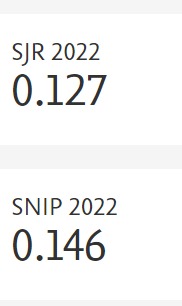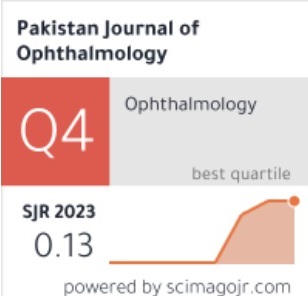Vision 2030: A Clearer Tomorrow – The Evolution of Cataract Surgery into Precision and Beyond
Doi: 10.36351/pjo.v40i4.1915
DOI:
https://doi.org/10.36351/pjo.v40i4.1915Abstract
By 2030, cataract surgery is poised for a transformative overhaul, driven by advances in technology and a shift towards patient-centric care. This editorial explores the anticipated developments in cataract surgery, highlighting the role of precision, efficiency, and sustainability. Key innovations include the integration of Artificial Intelligence (AI) and Femtosecond laser technology, setting the stage for a revolutionary patient experience.
The landscape of cataract surgery is set to change dramatically. Currently, cataract surgery is the most common ophthalmic procedure, with significant global and regional increases in the cataract surgical rate (CSR). Pakistan has almost doubled its CSR to 5307 in the last two decades.1Over four million cataract surgeries are performed annually in the United States. This number is increasing by 3-4% each year and is projected to reach six million by 2030.2
Biometry, once a complex procedure, will be simplified through the use of swept-source OCT biometers equipped with the latest formulas. Modern IOL calculation formulae, like Barrett Universal II, Barrett True-K, Hill RBF, and Kane, are more precise than previous generations. The revolutionizing role of artificial intelligence (AI) and machine learning (ML) in optical biometry will ensure accurate measurements, further contributing to the overall success of the surgery.3

Downloads
Published
How to Cite
Issue
Section
License
Copyright (c) 2024 Ambreen Gull

This work is licensed under a Creative Commons Attribution-NonCommercial 4.0 International License.






